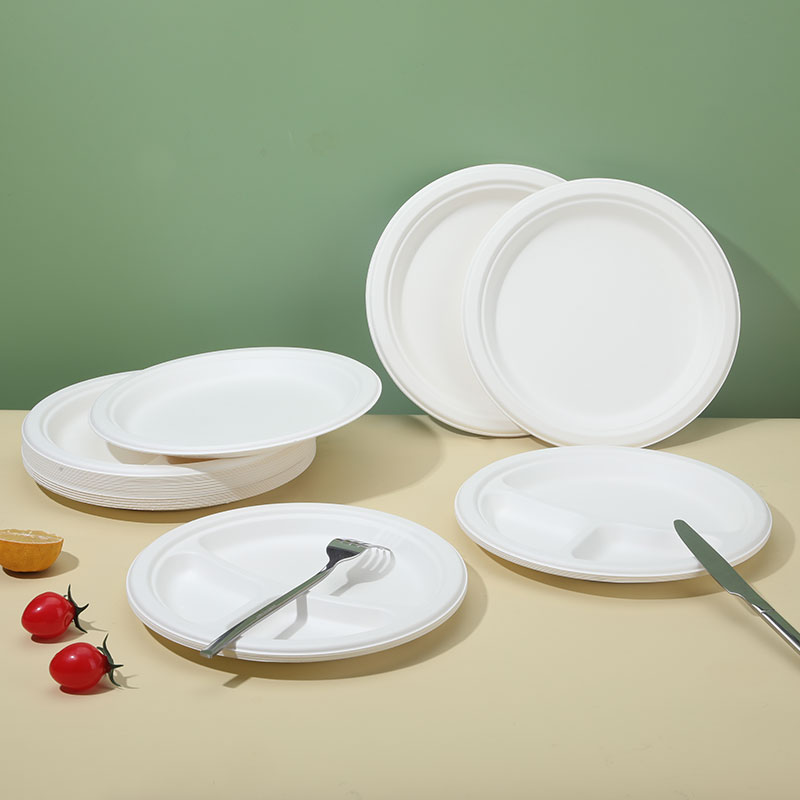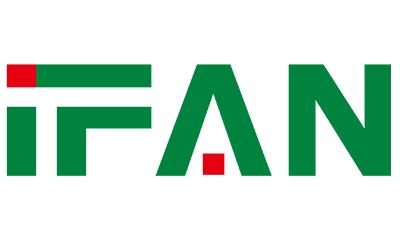Introduction:
Disposable plates are a common item found in households, restaurants, and various social events. These plates are designed for single-use purposes, offering convenience and ease of clean-up. In this essay, we will explore the meaning behind disposable plates, their purpose, different types available, and the impact they have on our daily lives.

- Definition and Purpose: Disposable plates refer to plates that are intended for one-time use and then discarded. They are typically made from materials such as paper, plastic, or foam. The primary purpose of disposable plates is to provide a convenient alternative to traditional, reusable plates. They are often used in situations where washing dishes afterward may be impractical, inconvenient, or time-consuming.
- Convenience and Practicality: One of the main advantages of disposable plates is their convenience. They are lightweight and easily transportable, making them suitable for outdoor events, picnics, parties, and other occasions where cleanliness and portability are essential. Disposable plates eliminate the need for washing and drying, saving time and effort, particularly in environments with limited washing facilities.
- Types of Disposable Plates: There are various types of disposable plates available on the market, each catering to different needs and preferences. Paper plates, often coated with wax or plastic, are commonly used for serving dry or light food items. Plastic plates, made from durable and flexible materials, are suitable for heavier or wetter foods. Foam plates, known for their insulating properties, are often used for serving hot food or beverages.
- Environmental Impact: While disposable plates offer convenience, they also contribute significantly to environmental issues. Most disposable plates are made from non-biodegradable materials, such as plastic, which can take hundreds of years to decompose. The production process of these plates requires the consumption of energy and resources, leading to pollution and ecological footprint. Improper disposal of disposable plates adds to the growing problem of landfill waste.
- Sustainable Alternatives: To mitigate the environmental impact of disposable plates, individuals and businesses are increasingly exploring sustainable alternatives. One option is to use biodegradable plates made from renewable materials like palm leaf, bamboo, or sugarcane pulp. These plates decompose naturally, reducing their negative impact on the environment. Another alternative is choosing reusable plates made from materials such as ceramic, glass, or stainless steel. While they require washing, reusable plates offer a more sustainable option in the long run.


Conclusion:
Disposable plates serve a practical purpose in our fast-paced, convenience-oriented society. They provide an easy and hassle-free solution for various social gatherings and events. However, it is crucial to recognize the environmental impact associated with their production and disposal. As consumers, we can make more sustainable choices by opting for biodegradable plates or embracing reusable alternatives. By considering the meaning and implications of disposable plates, we can contribute to a greener and more environmentally conscious future.


